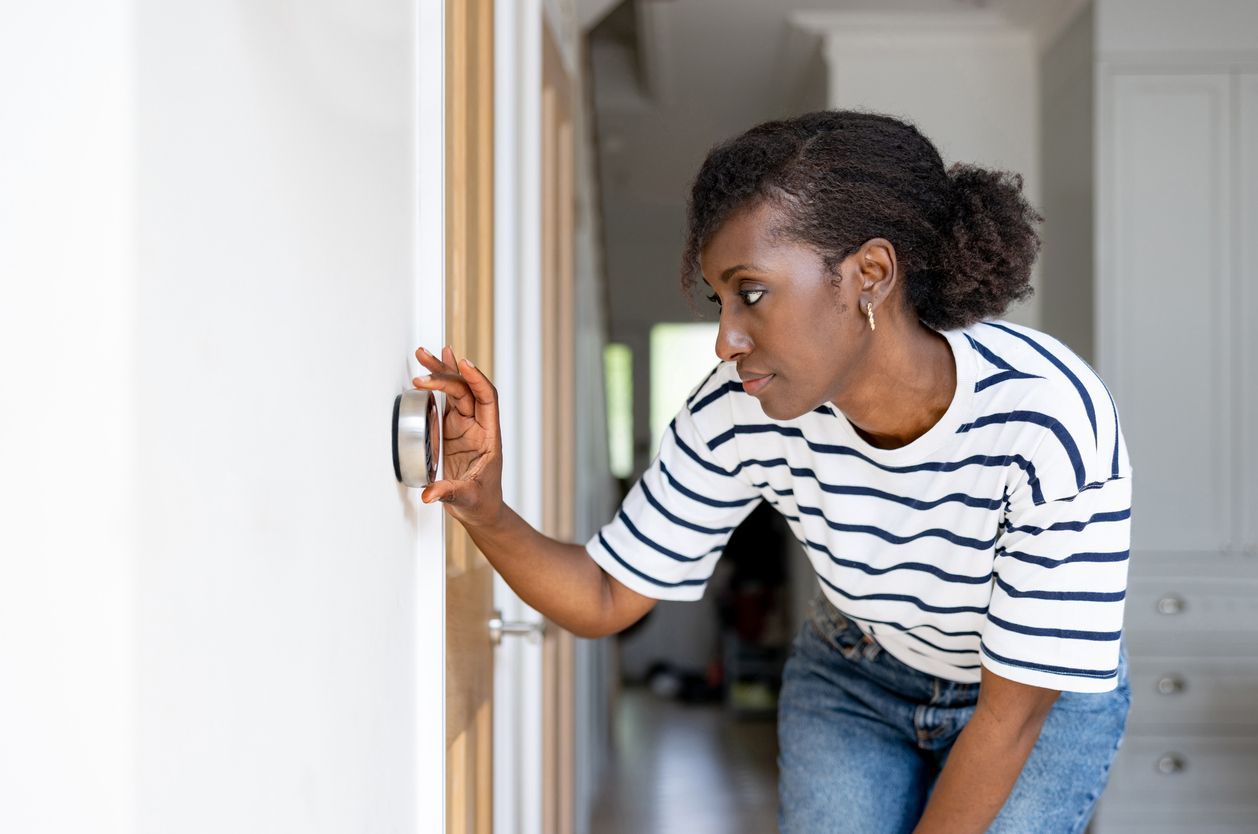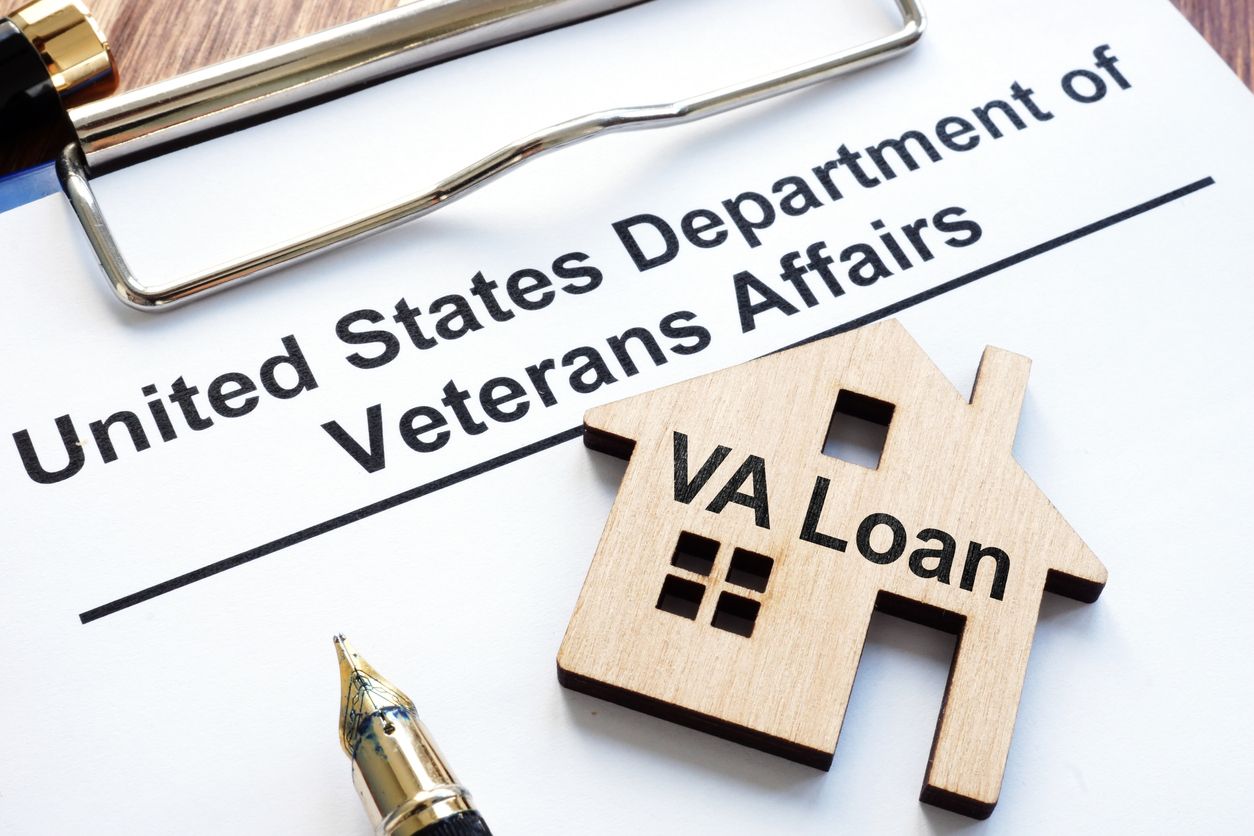What to Consider When Buying Waterfront Property
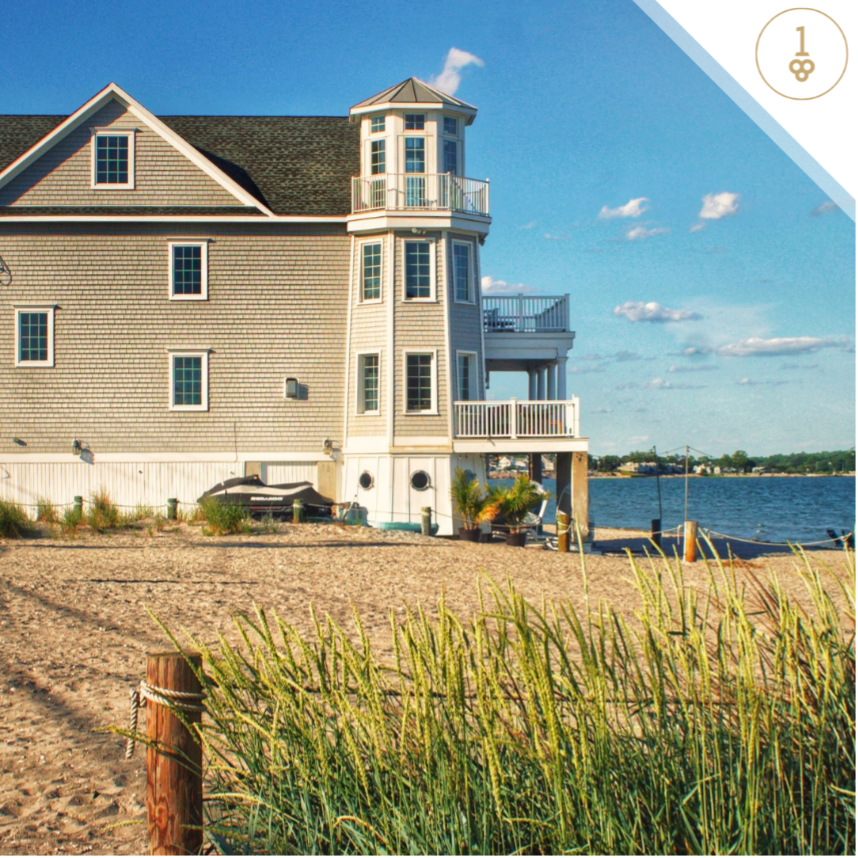
Type of Waterfront View
In New York, we’re lucky to have beautiful beaches and lakes throughout our region. There are miles of coastline with varied terrain. Are you dreaming of a sandy beachscape or a rocky cliffside, or perhaps a lakeside cabin in the woods? Before you begin to shop for your waterfront property, ask yourself what your ideal landscape looks like and what you’d love to do most.
Proximity to the Water
You can have a waterfront view, but still be somewhat distant from the actual shoreline, so consider how close is close enough and how far is too far away. Living a short hop from the water has its perks and could potentially increase your resale value, but it also increases your flood risk and insurance rates in many cases. There are also added maintenance considerations when living very close to the water that you should account for in your planning.
Direct Access
Purchasing a property with a private boat slip or private beach access may be ideal, but it’s possible that your waterfront view is actually a part of a public park or contains a public path. Beachfront property is notorious for this, with beaches appearing quiet and private on first examination, but getting surprisingly busy during the summer months. Your private beach could be a public haven so do your research. Unlike the beaches, lakefront views are typically always more private with limited public access if any at all.
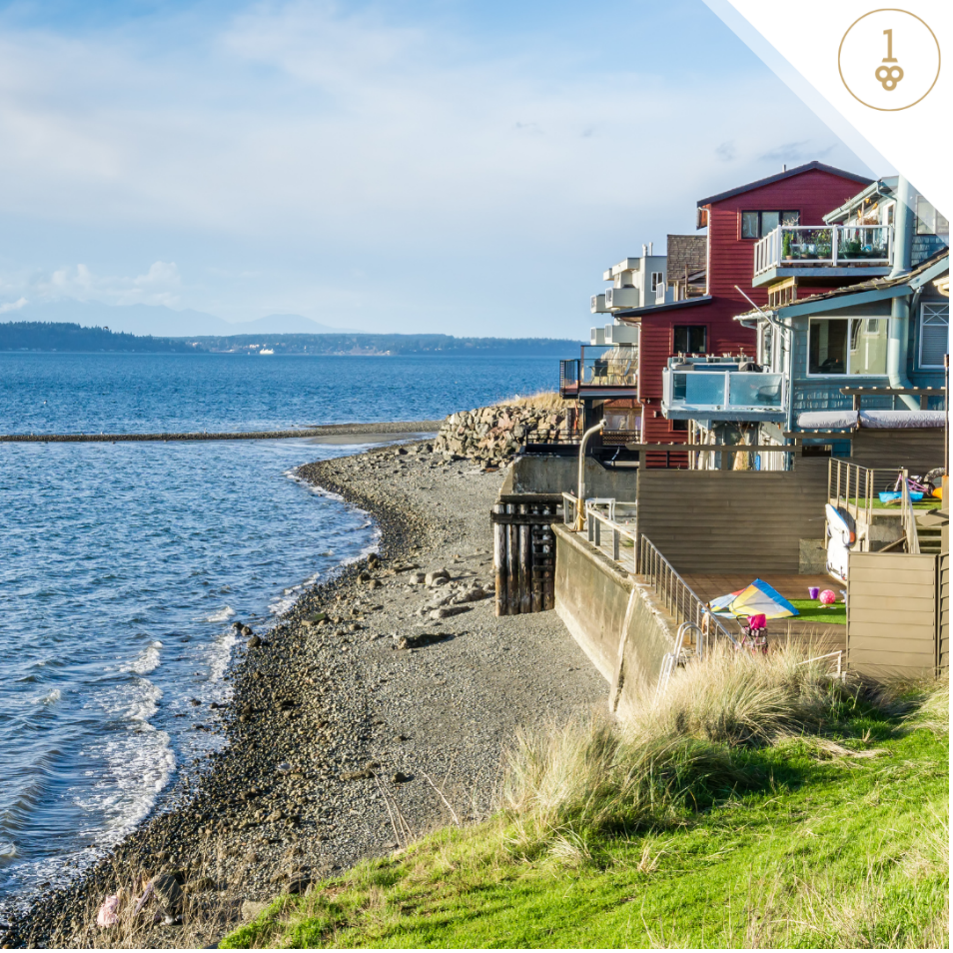
Rising Water
In New York, we have hurricanes and nor’easters to contend with, which impact coastal communities most strongly. When you’re viewing properties, ask your Realtor® what the flood risk is, if the property is within storm surge potential, and check the neighborhood for houses that have been elevated on stilts. Sellers may not be required to disclose if a house has experienced a flood or is within the floodplain, so rely on the real estate expert who will look for telltale signs of water damage and property history.
Building Materials
As with any property, you’ll want to know what the home is made of and the history of its renovations before you buy. According to FEMA[1], the most flood and wind resistant homes are made of concrete and naturally durable wood, which can withstand high wind and heavy rain. If the house doesn’t come with hurricane-proofed windows, you’ll likely also want to invest in those to improve your home’s durability, lower insurance costs, improve energy efficiency, and decrease noise pollution. The age of the roof and siding are also valuable pieces of information for your consideration.
Outdoor Living Space
You’re likely not considering waterfront living for the interior views, so make sure you’re considering the outdoor living space equally alongside interior home features. What’s the condition of the patio or porch? Does it face the waterfront? Does it face the sunrise or sunset? Does it overlook a peaceful or crowded area during the seasons you envision yourself being outside? Are there private outdoor recreational spaces? How close are you to your nearest neighbor?
And Finally, Property Management
On Long Island especially, it is perfectly natural to make a beach home your primary residence, in which case you will likely be the one to “manage” and maintain the property. If you will be spending extended time away or if it’s a secondary residence or rental property, you’ll likely need to hire a property manager who will handle upkeep, prepare for inclement weather, and keep you apprised of the home’s condition. This is an added cost to a secondary or investment property. If you’re buying a home in a community with a homeowners’ association, they may take care of maintenance and security concerns, but HOA fees are an added cost to consider as well.
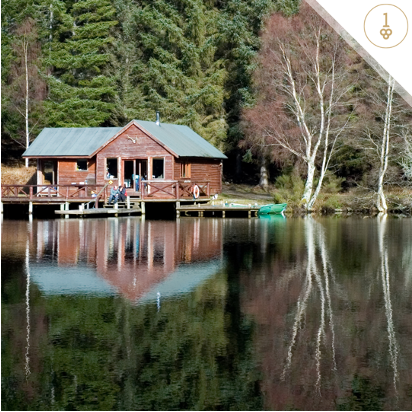
Related Post: Curb Appeal Upgrade in 8 Easy Steps



